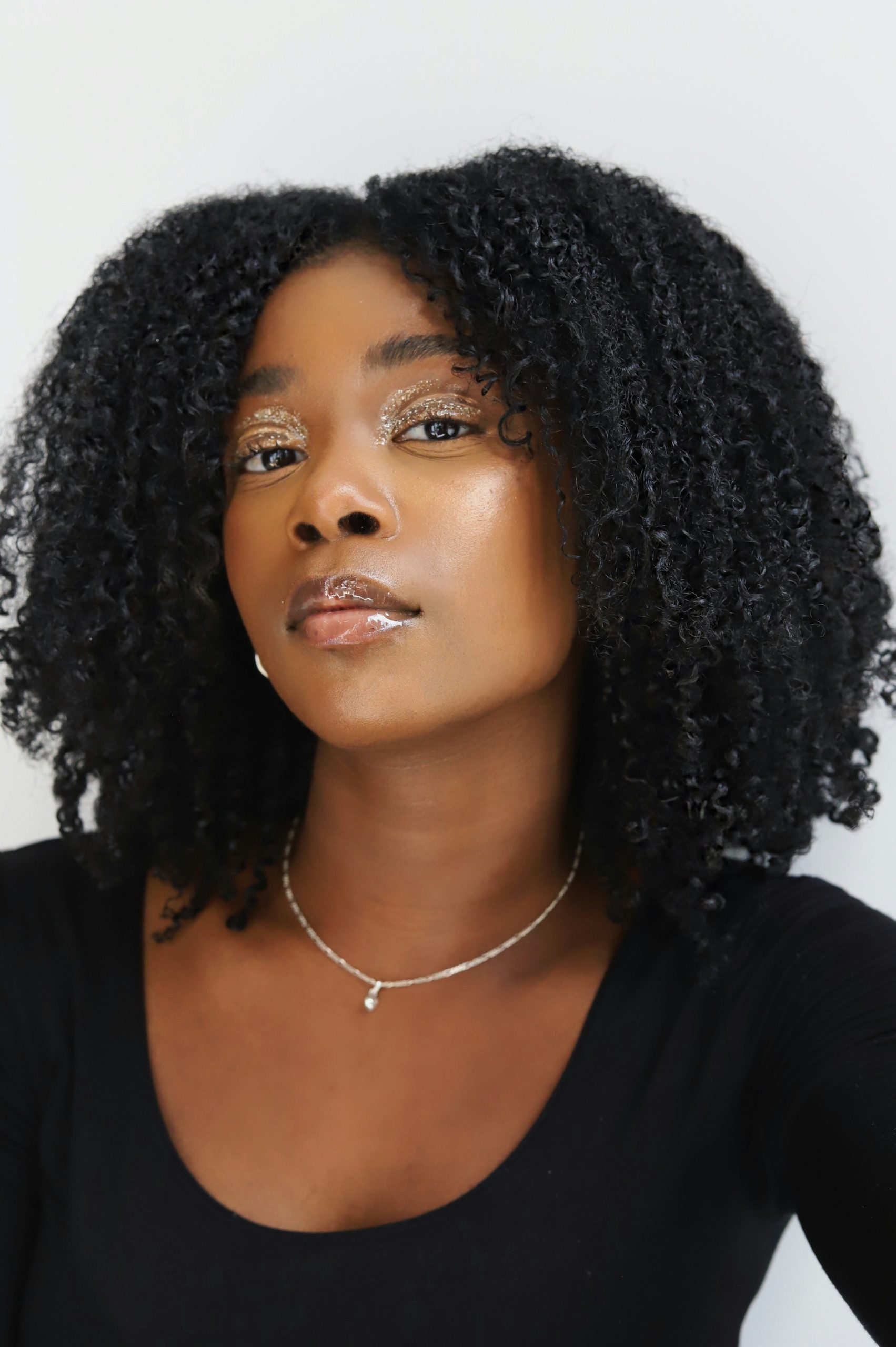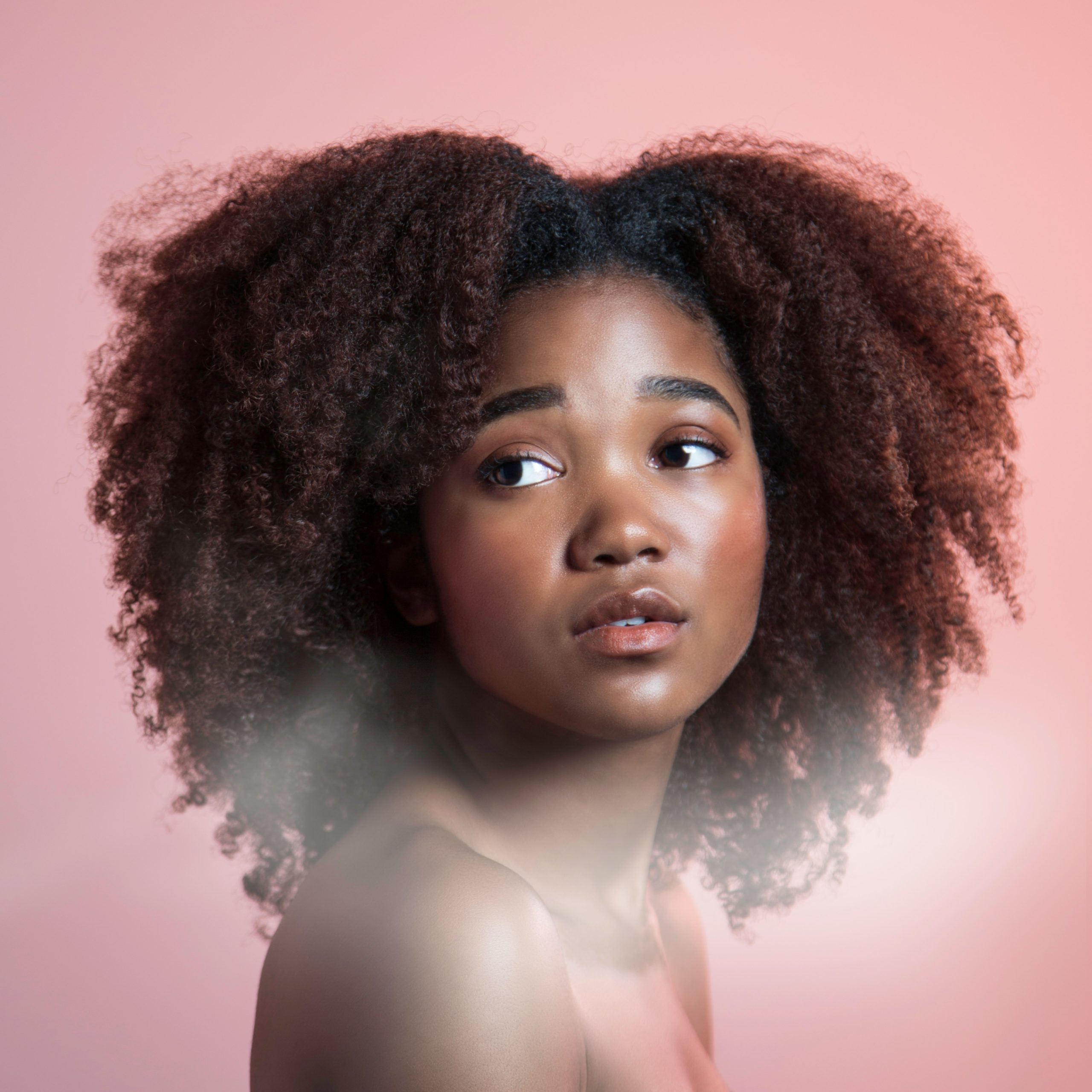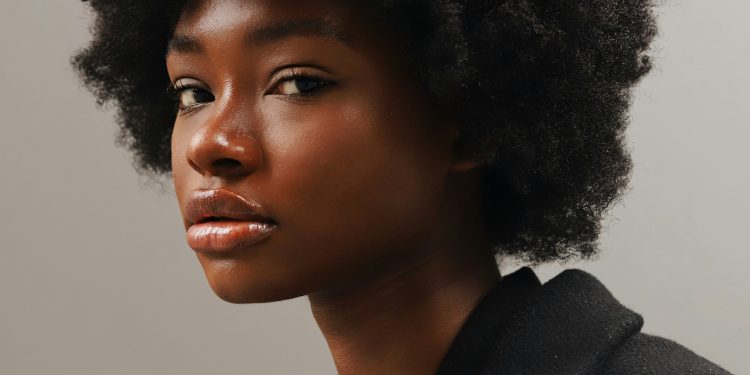Ah, the age old debate in the world of Black hair care: to go for texturizers or relaxers?. These two chemical treatments promise to alter the natural curl pattern, but they do so in fundamentally different ways, leading to vastly different results and a unique set of pros and cons.
Understanding these distinctions is crucial for anyone considering chemically altering their hair, especially given the historical, cultural, and personal significance of Black hair. This isn’t just about styling; it’s about making an informed decision that impacts hair health, maintenance, and even self-perception.
Relaxers
A hair relaxer is a powerful chemical treatment designed to permanently straighten natural hair by breaking down the disulfide bonds within the hair shaft. These bonds are responsible for the hair’s curl pattern. Once these bonds are chemically broken, the hair can be re-formed into a straight configuration. The active ingredients are typically lye (sodium hydroxide) or no-lye (calcium hydroxide), with lye being stronger and faster-acting but potentially more irritating.

The Allure and Challenges of Relaxed Hair
The primary benefit of relaxers is the dramatic transformation to bone-straight hair, which many find easier to manage, detangle, and style. It significantly reduces wash day struggles and offers a sleek aesthetic that some prefer. For those seeking a permanent departure from their natural coils, relaxers provide a long-term solution, requiring touch-ups only at the new growth, typically every 6-8 weeks.
However, the cons of hair relaxers are significant and demand careful consideration. The chemicals are harsh and can cause chemical burns to the scalp if not applied correctly, leading to irritation, scabs, and even permanent hair loss in severe cases. Relaxed hair is also inherently weaker and more susceptible to breakage, dryness, and heat damage. The hair often becomes brittle, requiring a diligent regimen of deep conditioning, protein treatments, and protective styling to maintain its health. The “creamy crack” moniker isn’t just a catchy phrase; it speaks to the addictive cycle and potential damage. Transitioning back to natural hair from a relaxer is a long and often challenging journey, requiring either a “big chop” or months of careful hair management as the natural texture grows out.
Texturizers
In contrast to relaxers, a texturizer is a milder chemical treatment that partially relaxes the hair’s natural curl pattern rather than completely straightening it. It uses similar chemicals to relaxers, but in lower concentrations or for shorter processing times, aiming to loosen curls and make them more manageable without fully eliminating the texture. The goal is to achieve a looser wave or curl pattern, making the hair softer and easier to comb through, while still retaining some natural texture.

The Compromise of Texturized Hair: Pros and Cons
The main pro of texturizers is that they offer a middle ground between natural and relaxed hair. For those who find their natural hair too dense or tightly coiled to manage easily, a texturizer can significantly reduce shrinkage, enhance curl definition by creating a looser wave, and simplify the detangling process. It provides more styling versatility than fully natural hair for some, allowing for easier manipulation while still having a textured look. It’s often seen as a less drastic commitment than a full relaxer.
However, texturizers come with their own set of cons. While milder, they are still chemical treatments and can cause damage. Hair can become dry, brittle, and prone to breakage if not properly cared for. The results can also be unpredictable; achieving a uniform curl pattern across the entire head can be challenging, and some areas may relax more than others. Like relaxers, texturizers require touch-ups on new growth, and while the chemicals are less potent, scalp irritation is still a risk. Furthermore, texturized hair isn’t “natural” hair; it’s chemically altered hair that still requires specific care and attention.

Takeaway
Ultimately, the choice between a texturizer and a relaxer is a deeply personal one, driven by individual preferences, lifestyle, and hair goals. Neither is inherently “better” than the other; rather, they offer different paths to hair alteration. The key is to be fully informed about the chemical processes, the potential risks, and the long-term commitment to hair care. Consulting with a professional stylist experienced in chemical treatments on natural hair is paramount to assess your hair’s current health and determine the most suitable option. Prioritizing hair health and understanding that any chemical alteration demands rigorous hair maintenance is the real secret to achieving your desired look safely and sustainably.

















